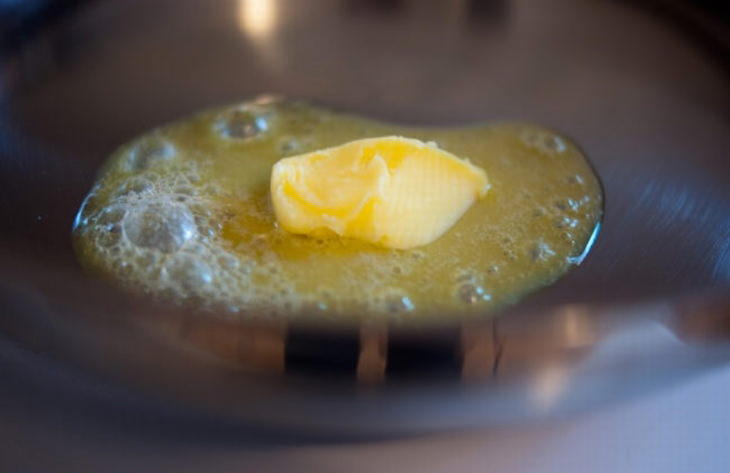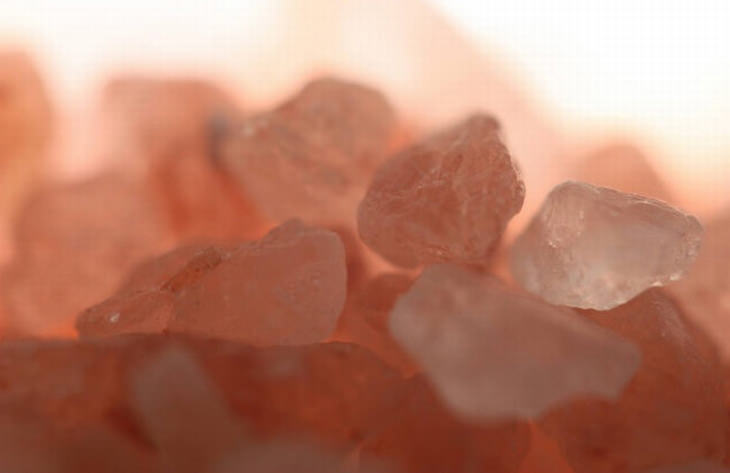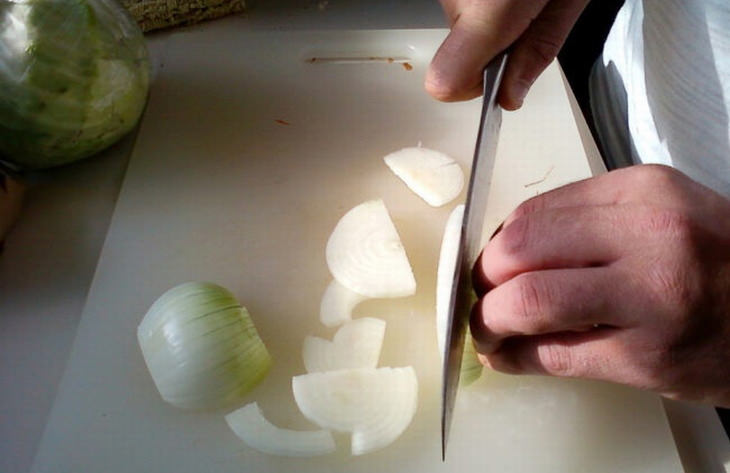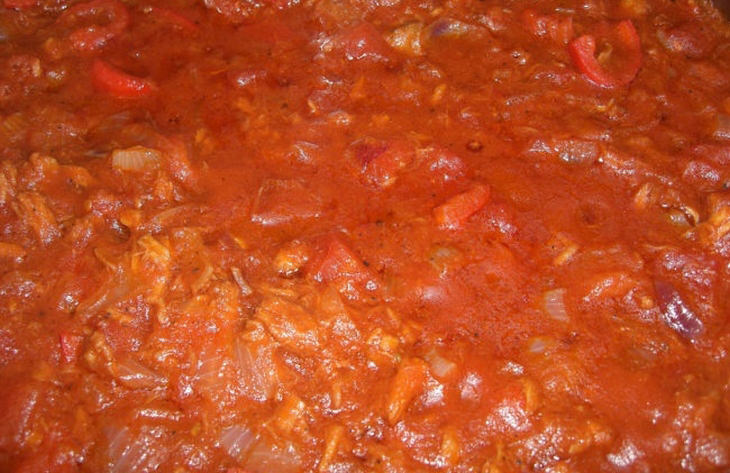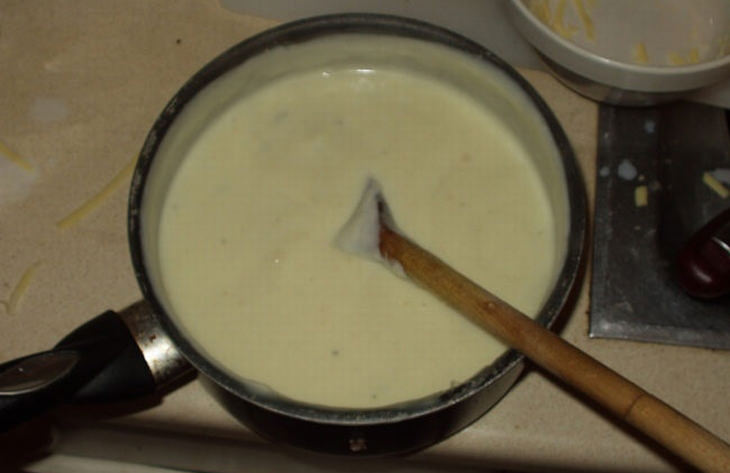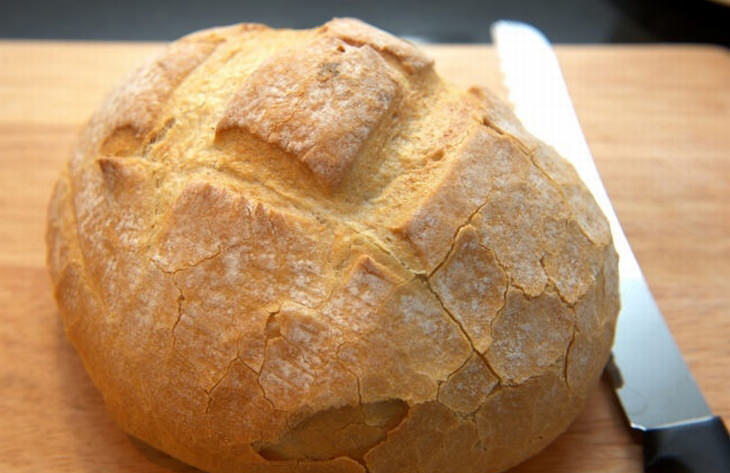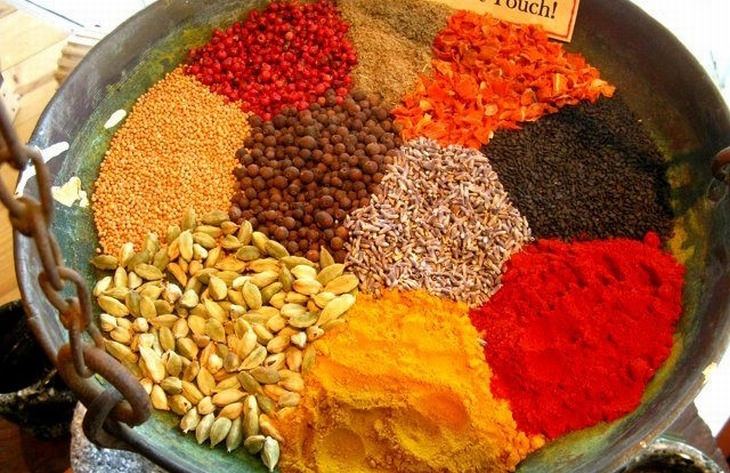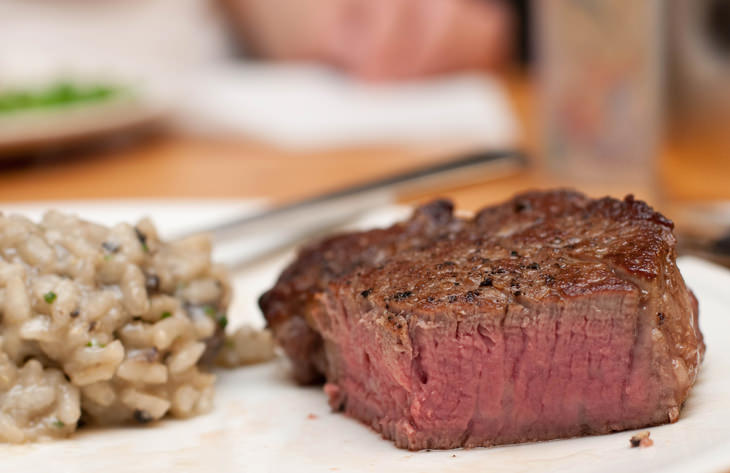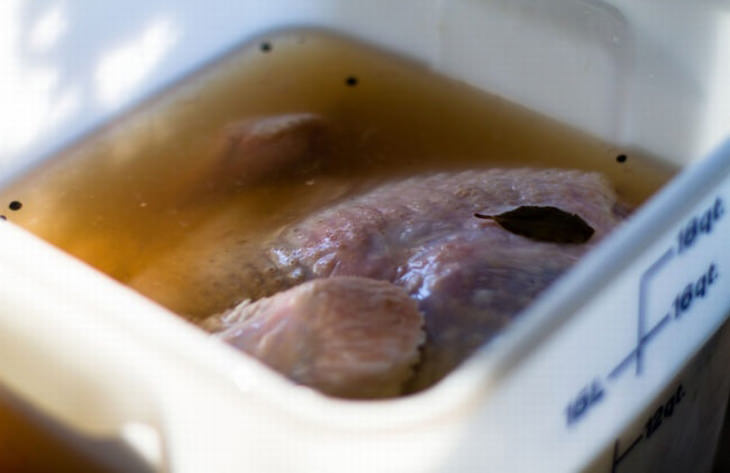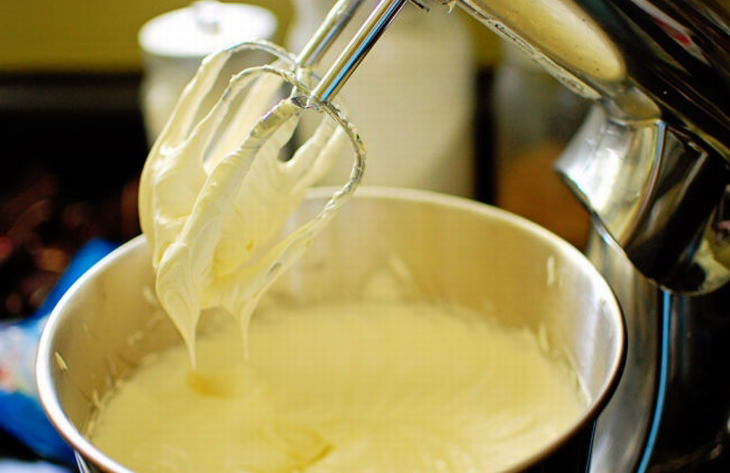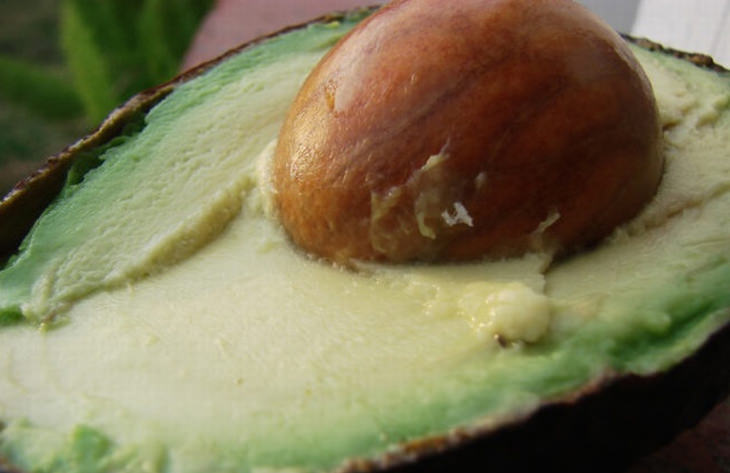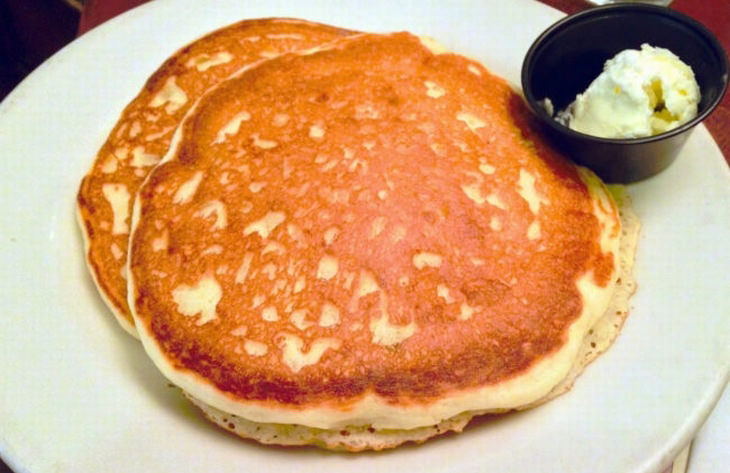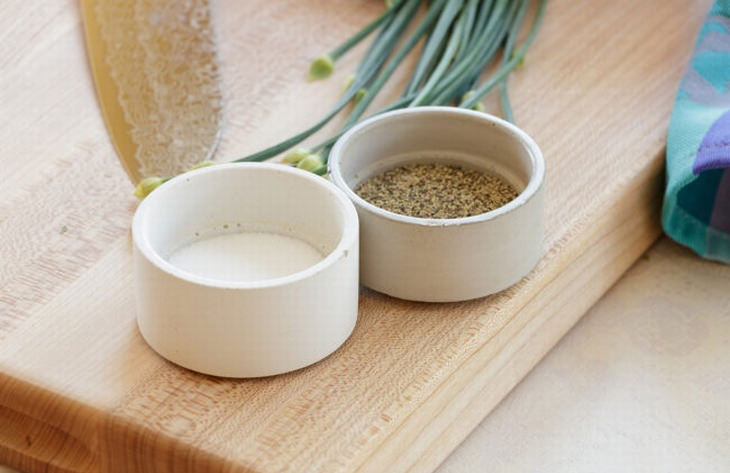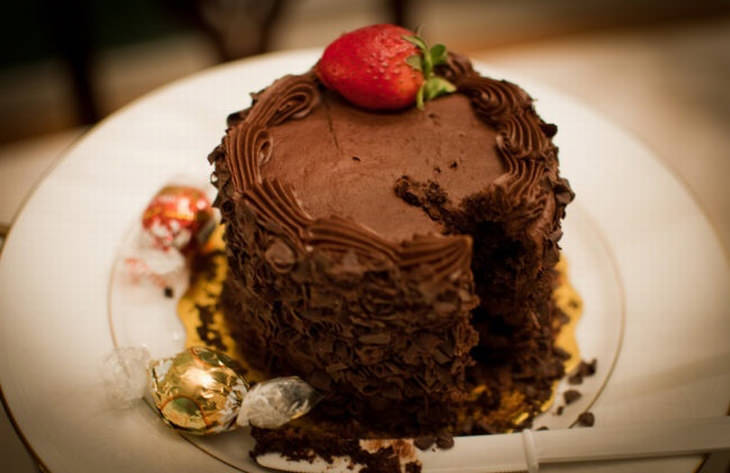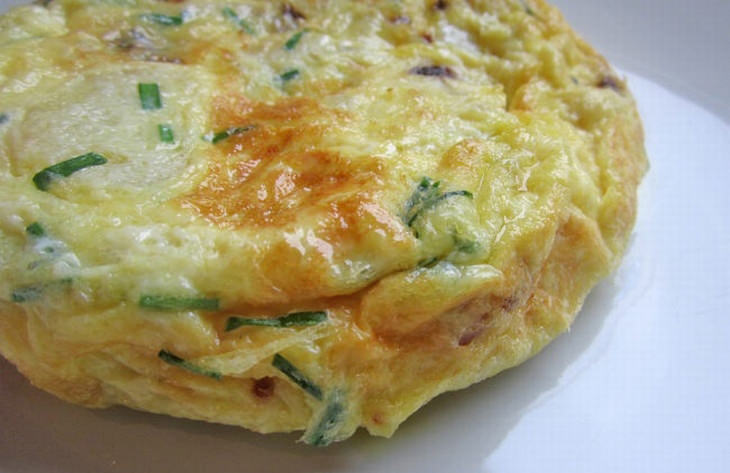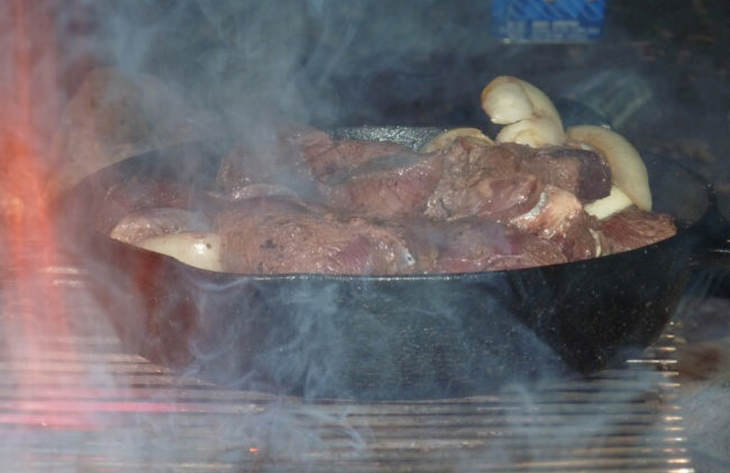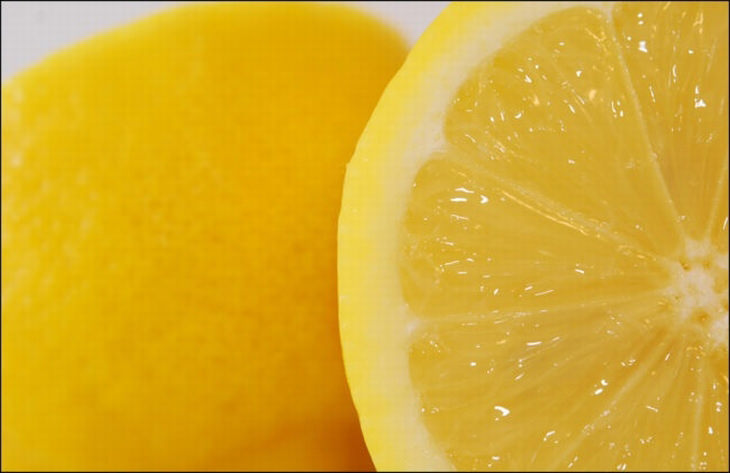1. Melt butter for cookies instead of creaming it
Melting butter releases its water content, which mixes with flour to form gluten and make cookies really chewy.
2. Cook with pink salt
If you happen to be watching your sodium intake, try replacing regular salt with pink Himalayan salt. It’s a lot less processed and it doesn’t contain anti-caking gents.
3. Chill onions before you chop them
Onions that are chilled before chopping give off less of the chemical reaction that makes you tear up.
4. Add salt to bitter coffee
Salt enhances pleasant flavors while suppressing unpleasant ones, which results in less bitterness when added to coffee.
5. Add baking soda to tomato sauce
It’s common to add sugar to tomato sauce to take away the acidic taste, however this doesn’t actually remove the acidity itself. A touch of baking soda will neutralize the acidity in the sauce
6. Add acidity to cheese sauces and soups
Add lemon juice or white wine to cheese sauces and soups to bind the calcium in the cheese together and keep its consistency nice and smooth, rather than clumpy.
7. Create steam in your oven to make crusty bread
When you’re making bread, place a pan in the bottom of your oven as it’s preheating and fill it with ½ cm of water to create steam. It will interact with the starch on the bread’s surface, helping to form a nice crusty layer.
8. Fry your spices
Frying spices in oil results in more flavor being unlocked. Most need a mere two minutes to reach their smoking point. All you need to do after the time is up is add whatever you were going to cook in the oil.
9. The Maillard Reaction
This reaction occurs when amino acids react with sugar as a result of the application of heat. This is the reason why meat is seared – hundreds of new flavors are created during the process.
10. Brine your meat
Brine is salted water that usually also has herbs and spices added to it. It’s used to soak meat that’s likely to dry out when being cooked. Meat can be brined for a few hours, or even a few days. The salt in the water is absorbed by the muscle fibers in the meat so that it retains its moisture.
11. Keep your cake tender
Do this by ensuring you don’t over-mix your cake batter. Over-mixing promotes the formation of gluten, which is good if you’re making bread, but not so good if you’re making a cake or cupcakes.
12. Weigh Your Ingredients
The most precise measurement to achieve the desired result from a recipe is weight. Think of a cup of brown sugar – fluffy sugar will weigh a lot less than packed sugar.
13. Keep avocados and apples from turning brown
You can cover apple or avocado slices in lemon juice and store them in an airtight container. This will keep the fruit from browning for about a day.
14. Use buttermilk for fluffy cakes
Buttermilk is milk left over from butter production. You can make your very own at home by adding a teaspoon of lemon juice or vinegar to regular milk and allowing it to sit for 15 minutes. The light acidity in buttermilk helps to keep baked goods tender.
15. Season cold dishes aggressively
Cooler temperatures don’t get our taste buds going as much as cooked food does, so if you’re preparing or eating a cold dish, make sure you season it a little more aggressively.
16. Freeze a cake before frosting it
One of the secrets of professional bakers is to freeze cakes tightly wrapped in plastic before decorating them. This is because freezing firms up the fats in the cake, making it less crumbly, as well as making it easier to work with.
17. Don't add milk to an omelet
Try adding frozen butter to an omelet instead of milk. The latter tends to make it break apart, whereas frozen butter will give you exactly the same texture without all the hassle.
18. Don’t overcrowd your skillet
Overcrowding a pan with too much meat prevents the meat from releasing moisture properly. This results in sogginess and uneven browning. Make sure you give the meat enough room.
19. Add lemon to everything
Lemon juice works by activating flavor receptors on the tongue just as salt does. Its acidity adds a new dimension to flavors. It also helps to break down protein strings in meat, which makes it more tender.
20. Dry your tofu out
Anyone who eats tofu regularly will know that it needs to be drained of the water it’s packed in, but it really should be pressed if you want to dry it out thoroughly. Wrap it in a paper towel and place a plate on top of it. Press down to release the moisture into the paper towel, and replace the towel when it becomes too wet. Dry tofu browns nicely and has much better texture than drained tofu.

